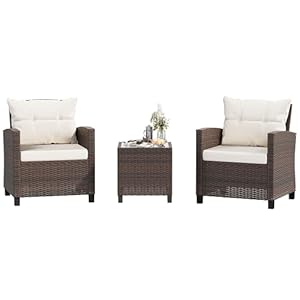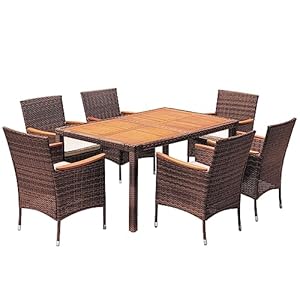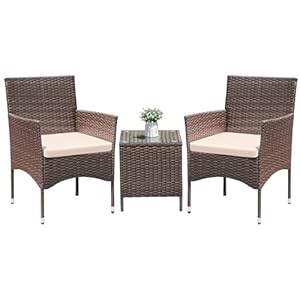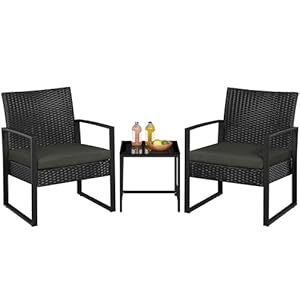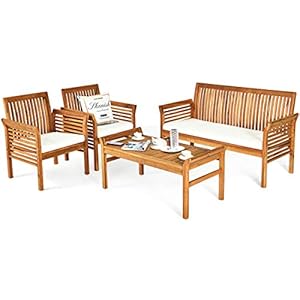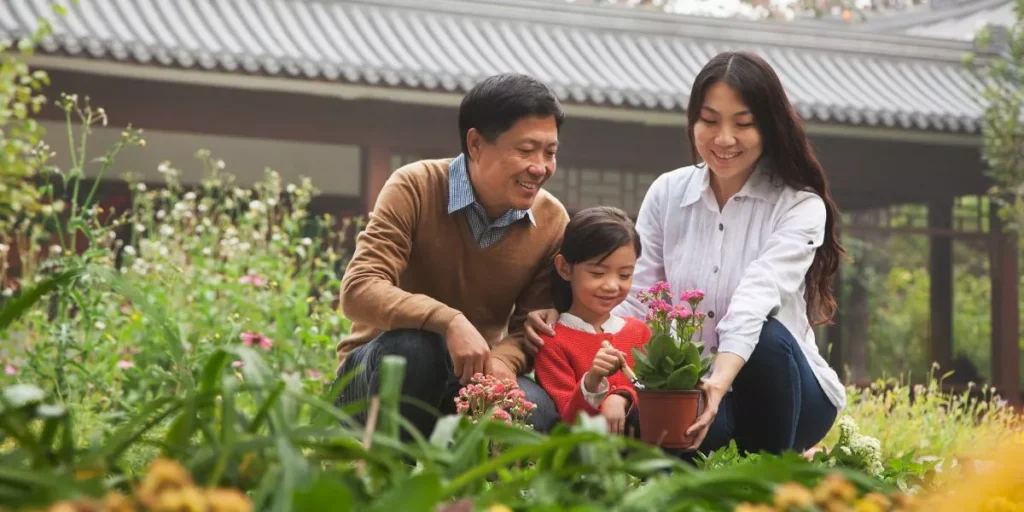
When designing a family-friendly garden, you want to ensure it caters to everyone’s needs. From child-safe plants to engaging play areas, there are various elements to consider. But what about those little touches that truly make a garden a haven for families to enjoy together? Stay tuned to discover some often overlooked yet incredibly impactful tips that can transform your outdoor space into a sanctuary for both relaxation and play.
Selecting Child-Safe Plants
When choosing plants for your family-friendly garden, ensure they’re safe for children to be around. Opt for non-toxic plants to prevent any harm if accidentally ingested.
Some great options include marigolds, sunflowers, and pansies, which not only add beauty to your garden but are also safe choices for little ones.
Be cautious with plants like daffodils, azaleas, and oleander, as they can be toxic if consumed. Research plants beforehand to ensure they’re child-friendly and won’t cause any allergic reactions.
Additionally, consider the texture of the plants to avoid anything prickly or thorny that could potentially harm curious children. Teaching kids about the different plants in your garden and which ones are safe to touch can also be a fun educational activity.
Designing Play Areas
To create engaging play areas in your family-friendly garden, consider incorporating elements that cater to children’s imaginations and physical activities. One fun idea is to include a sandbox where kids can dig, build, and let their creativity run wild. You could also add a playhouse or treehouse for imaginative play. Climbing structures like a small rock wall or rope ladder can provide physical challenges while promoting exercise and coordination.
A designated sports area with a mini basketball hoop or soccer net can encourage active play and friendly competition.
Another great addition to your play areas is a water feature, such as a small splash pad or a shallow pond (with safety measures in place), where children can cool off and have fun during hot days. Don’t forget to include seating areas for parents to relax and supervise their little ones.
Incorporating Safety Features
Consider implementing safety features in your family-friendly garden to ensure a secure environment for children to play and explore. Start by installing soft landing surfaces like rubber mulch or pea gravel under play equipment to cushion falls. Make sure all pathways are well-lit to prevent trips and falls, especially in the evening. Secure any ponds or water features with fences or mesh covers to prevent accidental drowning.
Additionally, check all plants in your garden for toxicity levels, especially if you have young children who may be tempted to taste them. Remove any poisonous plants and replace them with child-friendly alternatives. Secure any garden tools and chemicals in locked storage to prevent access by curious little hands.
Consider adding boundaries like fences or hedges to keep children within sight while playing. Finally, inspect play equipment regularly for any signs of wear or damage and repair them promptly. By incorporating these safety features, you can create a family-friendly garden that provides a safe space for children to enjoy nature and play freely.
Creating Spaces for Family Bonding
Creating spaces in your garden that foster family bonding is essential for strengthening relationships and creating lasting memories. One way to achieve this is by incorporating a cozy seating area where family members can gather for conversations or enjoying meals together. A simple picnic table or a set of comfortable chairs arranged around a fire pit can provide the perfect setting for quality time spent with loved ones.
Another idea is to create a designated play area for children, complete with fun and engaging activities like a sandbox, swing set, or a mini obstacle course. This won’t only keep the kids entertained but also encourage them to spend more time outdoors, away from screens and gadgets.
Additionally, consider adding a vegetable or flower garden that the whole family can tend to together. Gardening is a great way to teach children about responsibility and the beauty of watching something grow and flourish over time.
Garden

